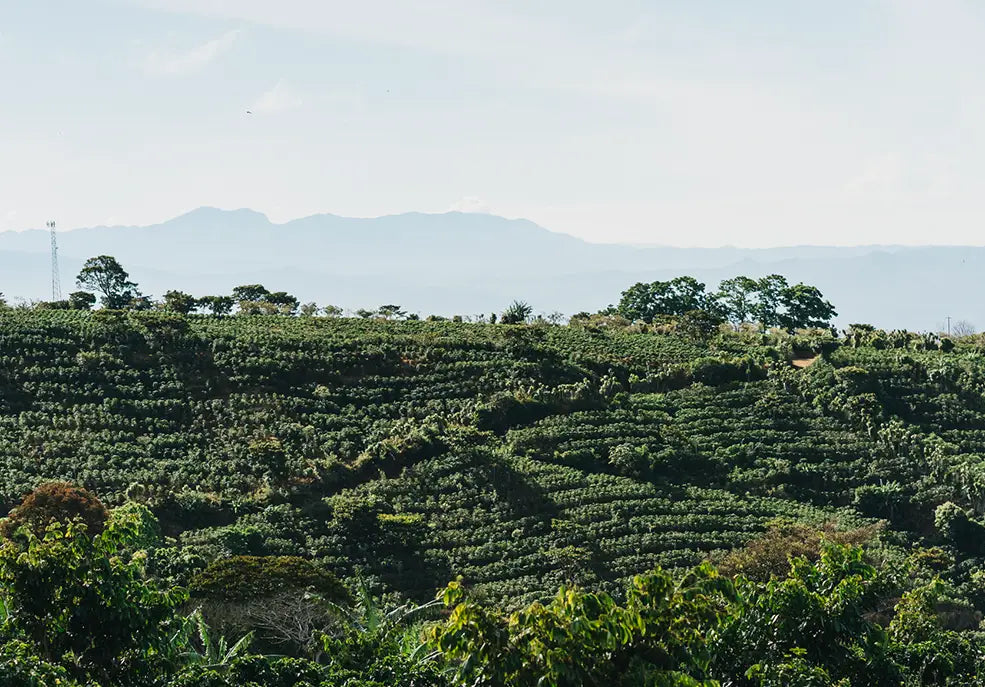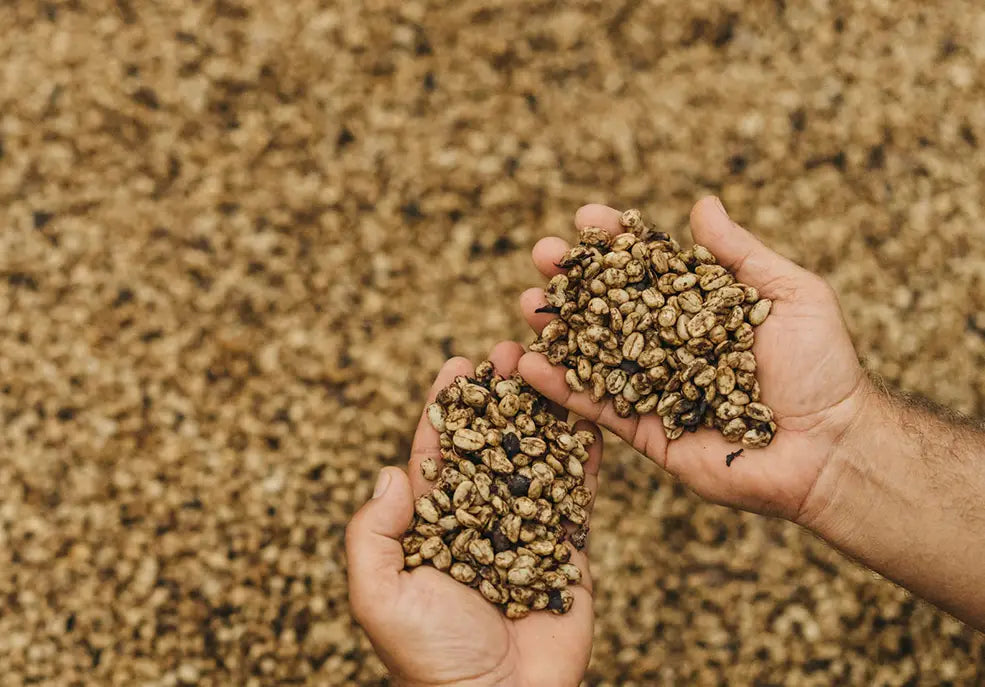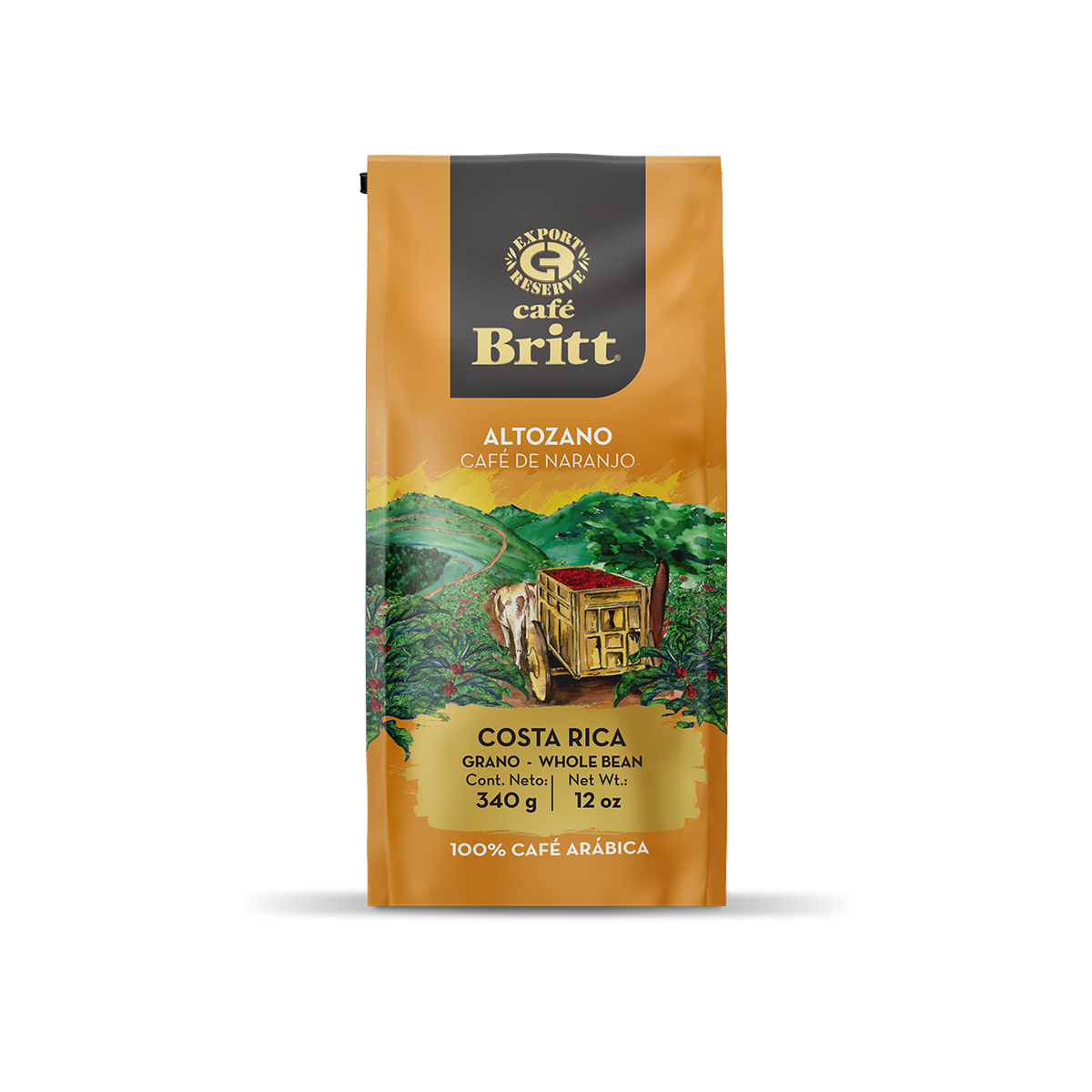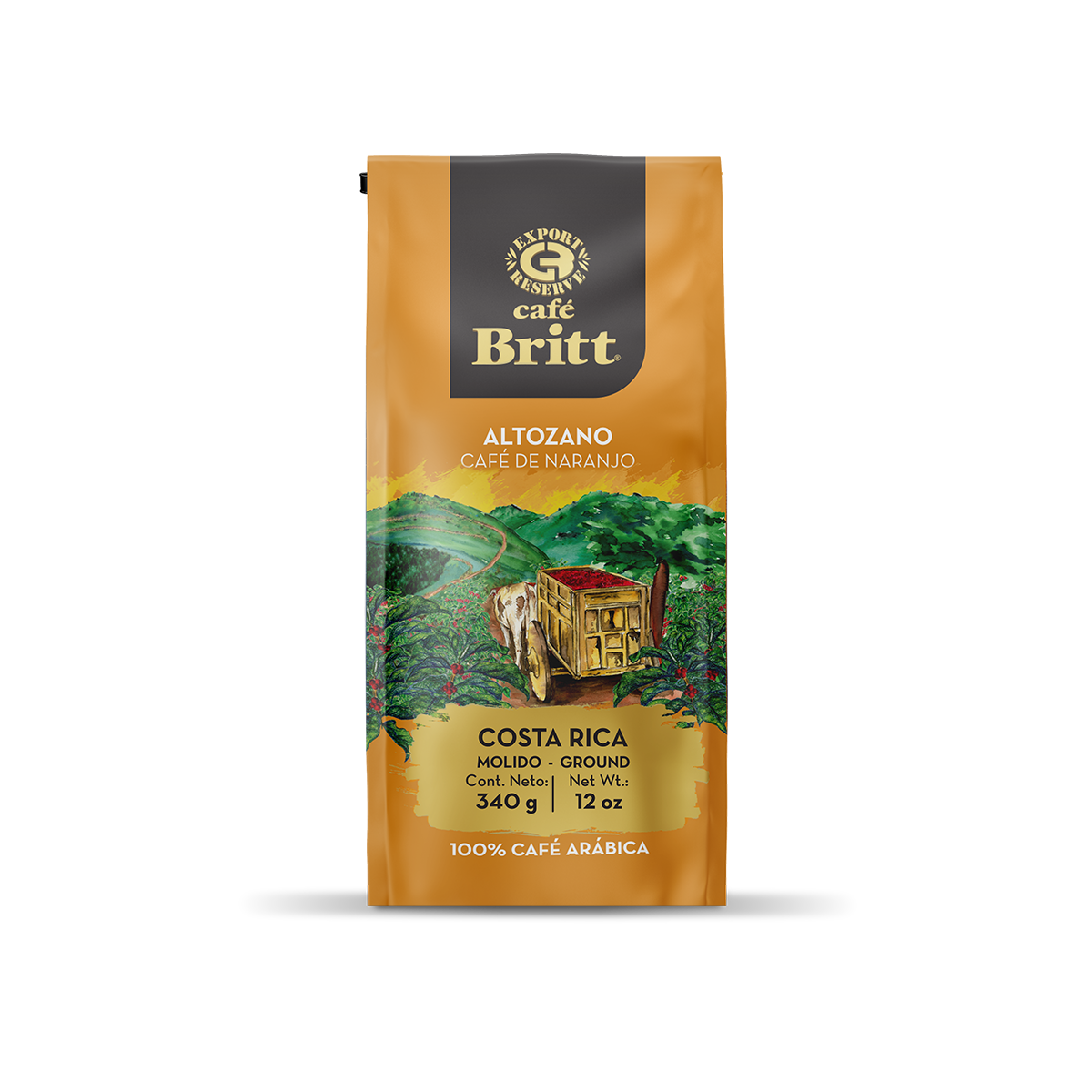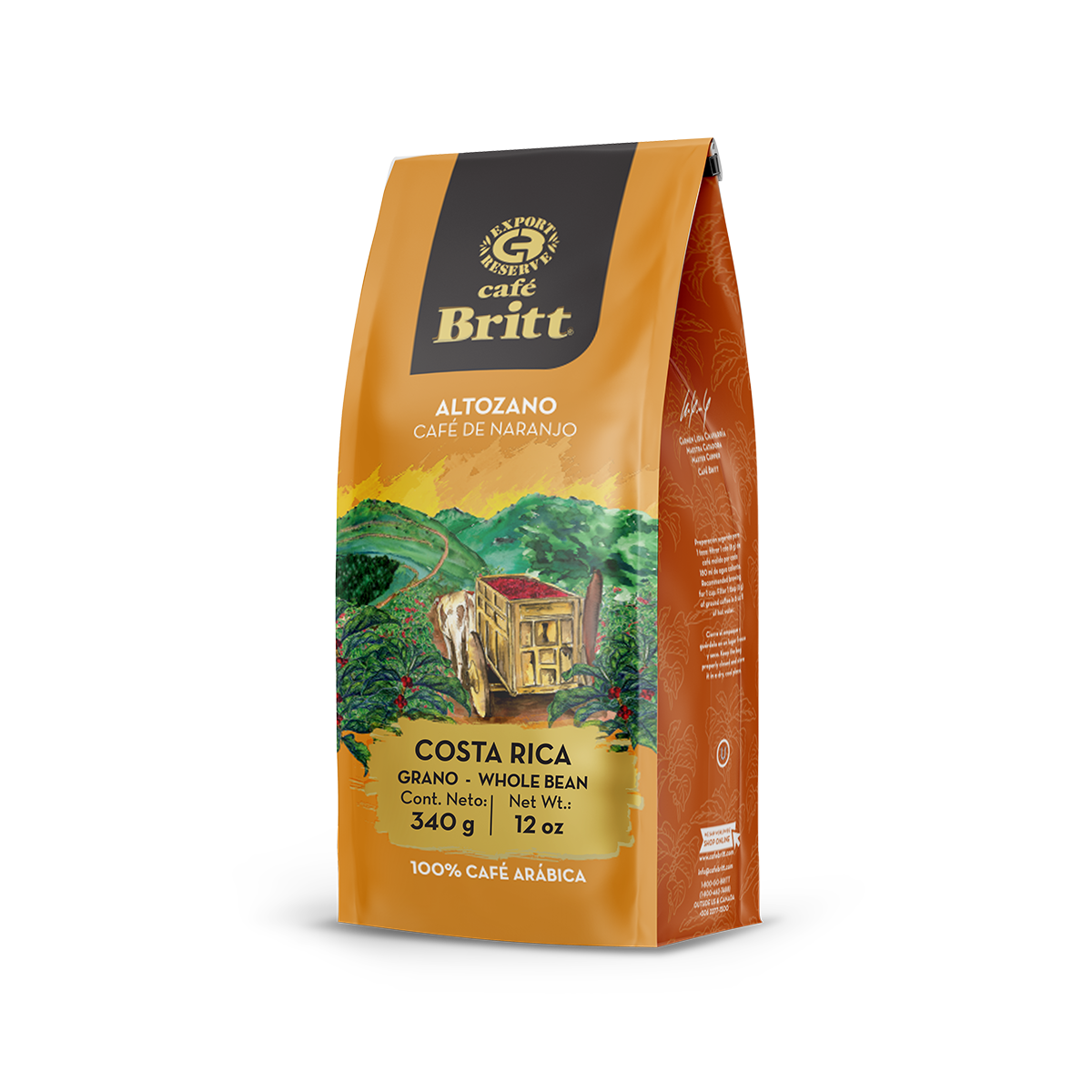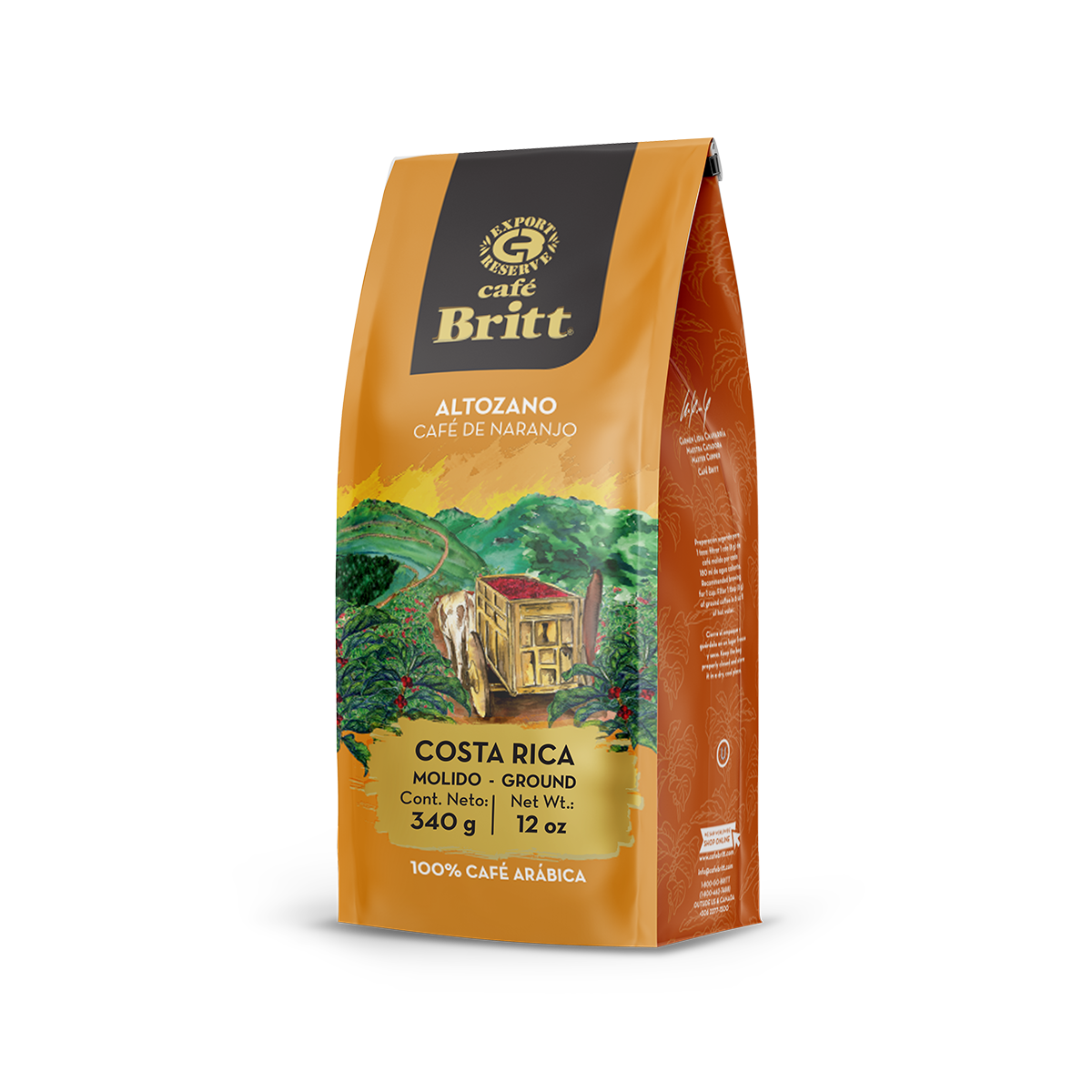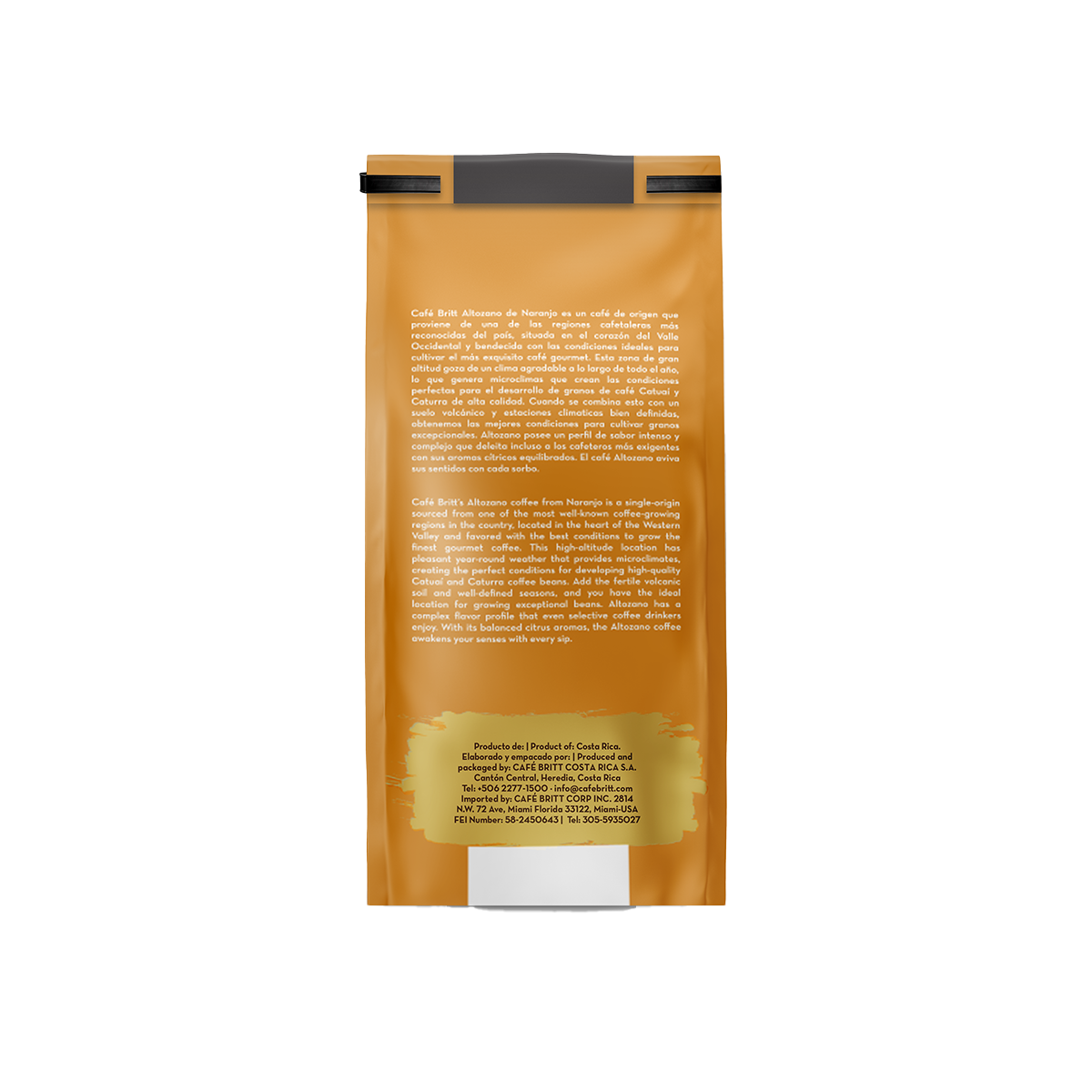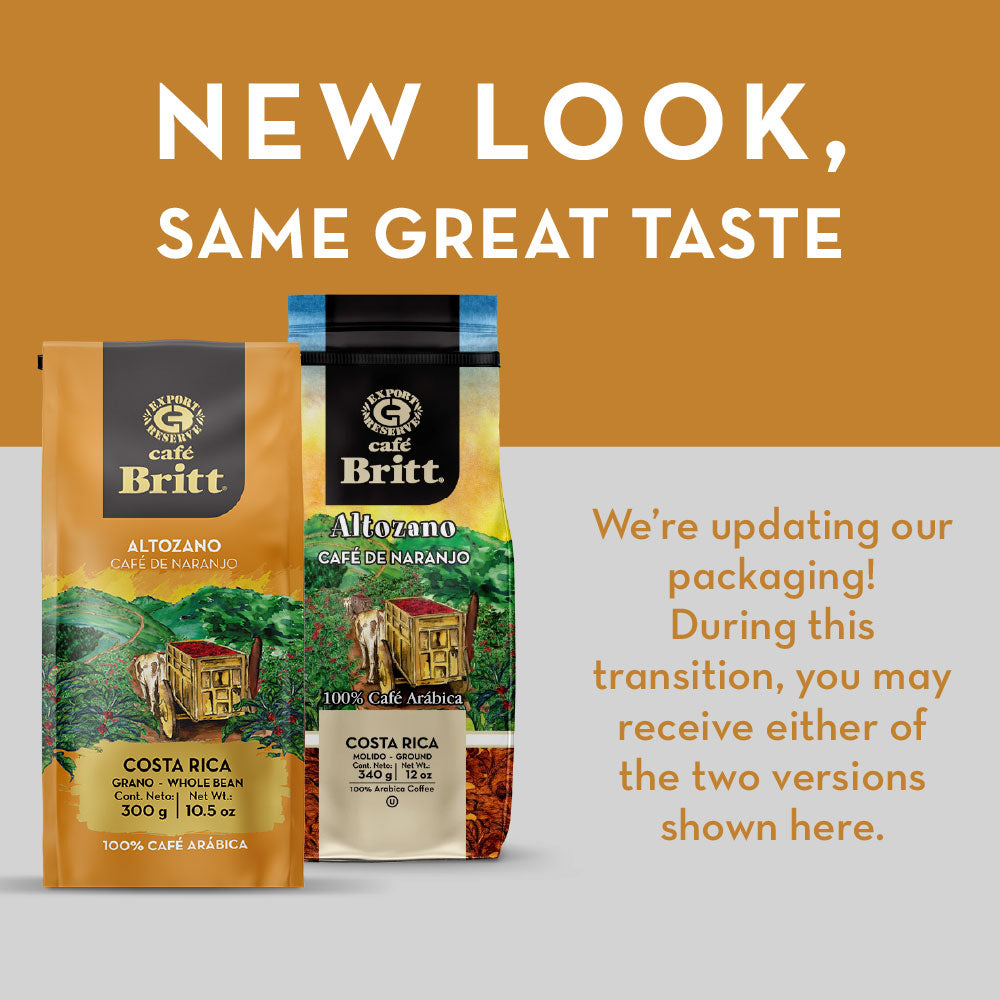COSTA RICAN COFFEE JOURNEY

Before you can enjoy a delicious cup of coffee, each bean needs to be picked, processed, and roasted. Coffee production is still an artisanal business—this means a lot of people worked hard to create your morning cup. Find out what went into making your favorite Café Britt coffee.
GROWING
Coffee seeds are first planted in large, shaded nurseries. After sprouting, the seedlings are removed and re-planted in individual pots. After being transplanted to the plantation, the mature shrub will start to produce. Coffee shrubs are not usually harvested for the first three or four years, and they can last up to 20 years before being replaced. When the berries turn red (or, in rare varieties, yellow), it is time for the harvest.


HARVESTING
When harvest time arrives, the ripe beans are picked. Costa Rica has one harvest season, beginning in November and continuing through February (depending on the region of the country). Here, beans are harvested by hand by coffee pickers, who often move into houses near the plantations each season. A very efficient coffee picker can fill 20 cajuelas (an official unit of measurement established by the Costa Rican government) each day.


PROCESSING
After the harvest season, the best quality red cherries are transported to coffee mills to be processed using one of three methods. The most common method in Costa Rica is the wet process, in which beans are washed, depulped, fermented, and sun-dried for up to ten days. The final step is to remove the “parchment” layer from the coffee and place the beans in sacks for several months.


ROASTING
After all this work, a different kind of labor begins: that of bringing out the flavors and aromas of the beans by roasting them. Roasting requires a skill set that's a little but artist and a little bit scientist. The goal is to enhance the natural qualities of the beans and bring out the best flavors. After roasting, the beans are ground and packed.
Once packed, they're off on their final journey, to our customers. From the plantation to roaster to you, we wish them bon voyage (and to you, bon appetit!).


